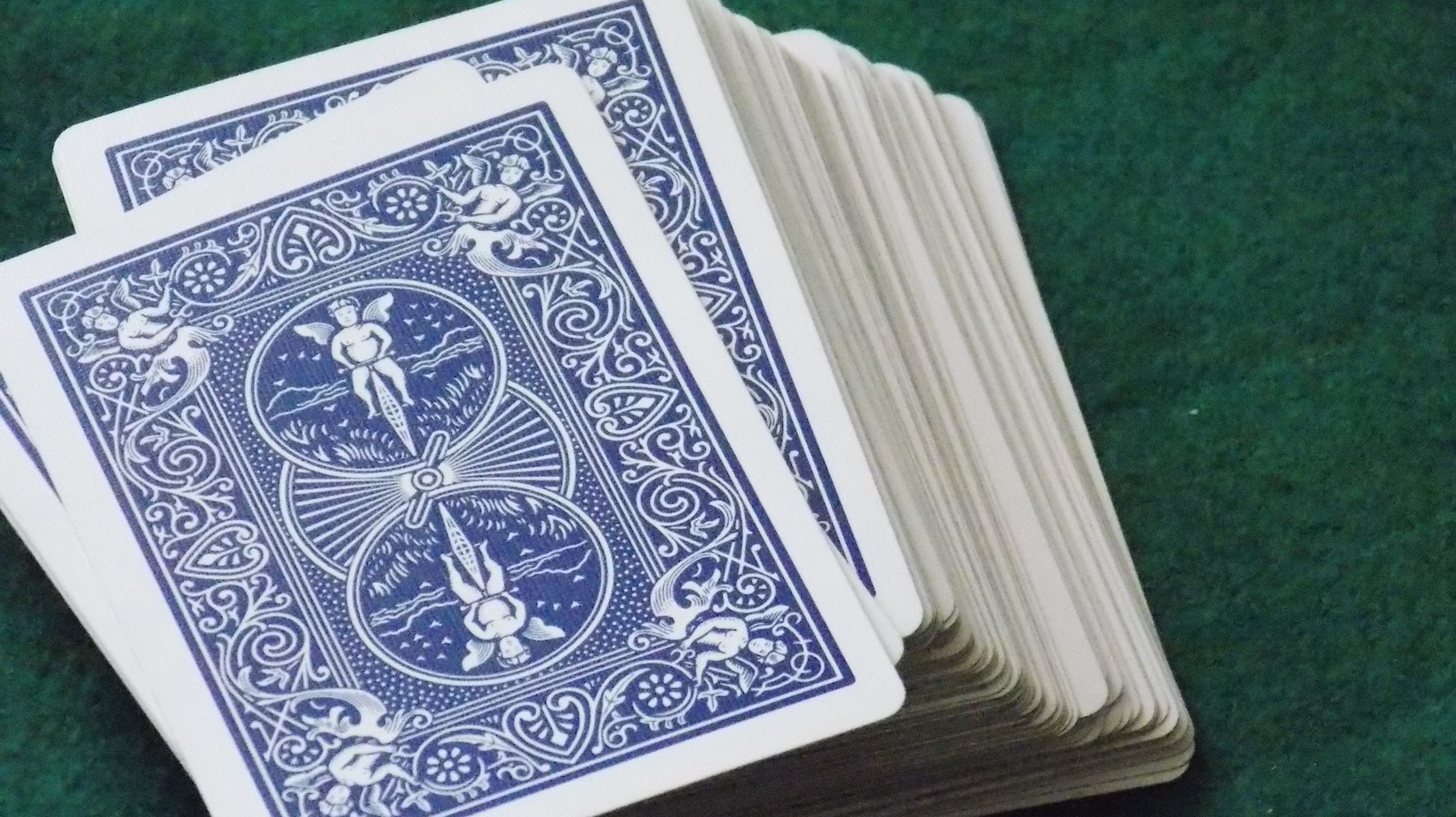
Exploring the Basics of a Deck of Cards
Ever wondered about what makes up a standard deck of cards? Let’s dive right in. A conventional deck holds 52 cards, divided into four suits: hearts, diamonds, clubs, and spades. Each suit consists of 13 ranks starting from Ace to King. It means there are an equal number of hearts, diamonds, clubs, and spades.
The interesting fact is that each suit contains one ‘2’ card. For instance, we’ll find only one 2-card for hearts or one for diamonds in any given deck. Similarly, a standard deck includes just one 2 of spades.
We’ve got to mention here that some decks can come with additional cards such as Jokers or advertisement cards but these aren’t part of the classic set-up. The key thing to remember is that in a traditional pack without any extra additions – you’re looking at just a single ‘2’ card per suit.
What’s more? The design and color scheme may vary by manufacturer but the core structure remains consistent worldwide. No matter where you buy your deck from or who manufactures it – if it’s a standard set then you’re guaranteed to have exactly four ‘2’ cards overall; one each for hearts, diamonds, clubs and spades.
Keep this information handy next time when you’re playing poker night with friends or trying your hand at magic tricks! Understanding these basics will not only help elevate your game strategies but also ensure no unanticipated surprises throw off your winning streak!

Understanding the Role of Suits in Card Decks
Let’s dive into the fascinating world of playing cards. We’re all familiar with them, but have we ever stopped to consider why a deck is structured as it is? It’s time to unravel the mystery behind suits and their significance.
A standard deck of playing cards consists of 52 cards. These are divided equally into four distinct suits: Hearts, Diamonds, Clubs, and Spades. Each suit contains 13 cards: an Ace through 10, followed by a Jack, Queen, and King. That means there’s only one card for each combination of number and suit – so just one 2 of Spades per deck.
Why does this matter? Well, understanding the role of suits in card games can give you a strategic edge! In many popular games like Poker or Bridge, suits aren’t just decor; they dictate gameplay rules and scoring methods.
Consider this: in some games like Bridge or Euchre, one suit might out-rank others at different times during play. This is known as the ‘trump’ suit. Knowing when to play a certain suit can drastically alter the outcome of these games.
On another note – ever noticed how two suits are black (clubs & spades) while two are red (hearts & diamonds)? This isn’t just an aesthetic choice. In fact, many card games use color as another layer of strategy!
How Many 2 of Spades are in a Deck of Cards
Let’s dive straight into the answer. In a standard deck of playing cards, there’s only one card that’s the 2 of Spades. This is true for all other specific cards as well – from Ace to King, across all four suits: Hearts, Diamonds, Clubs and Spades.
Why just one, you might ask? It’s because a typical deck has 52 cards in total: 13 ranks (Ace through 10, and then Jack, Queen, King) in each of the four suits. This arrangement ensures an equal distribution and fair play during games.
Now let’s talk about variations. If we’re dealing with multiple decks combined together – commonly seen in casino games like blackjack – then the number would increase proportionately. For instance:
- Two decks would have two ‘2 of Spades’
- Three decks would hold three ‘2 of Spades’
- And so on…
Lastly, it’s worth mentioning special cases such as Pinochle or Tarot decks which contain duplicate cards or additional suits respectively. However these are exceptions rather than norms.










